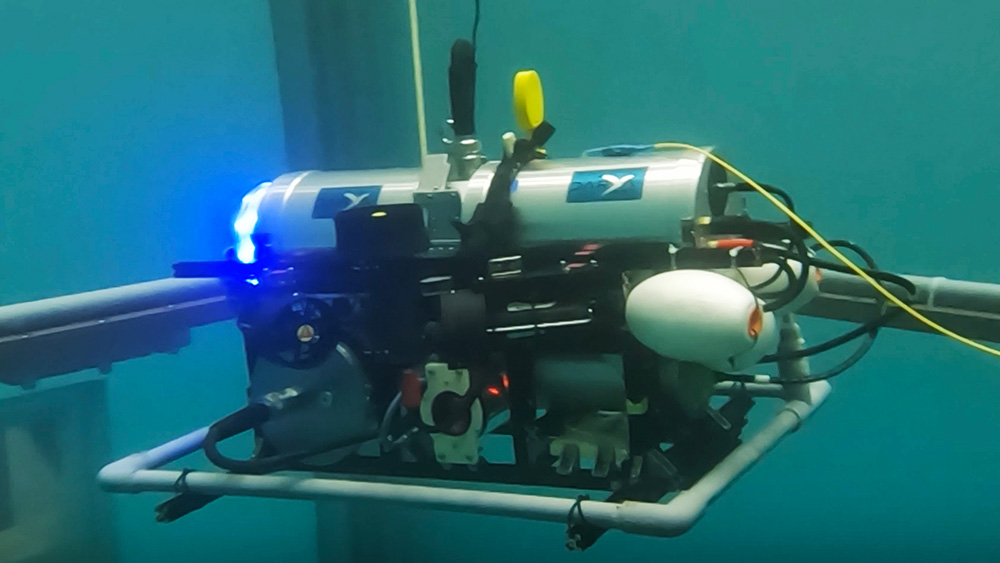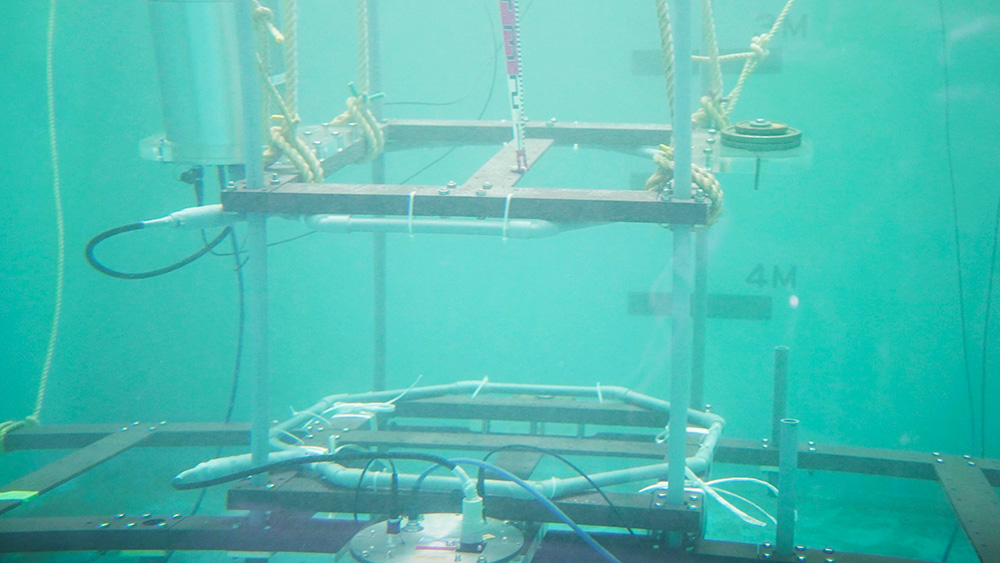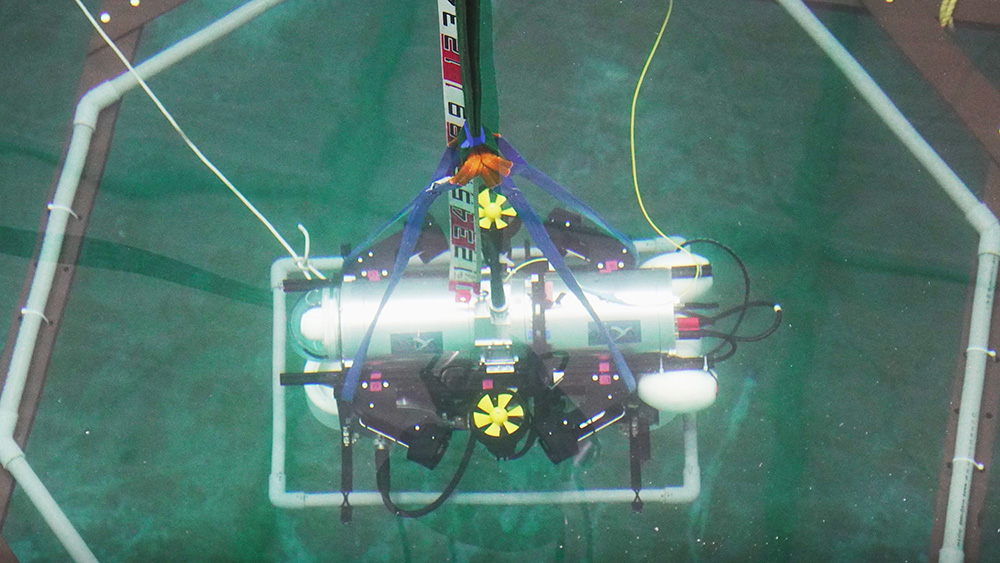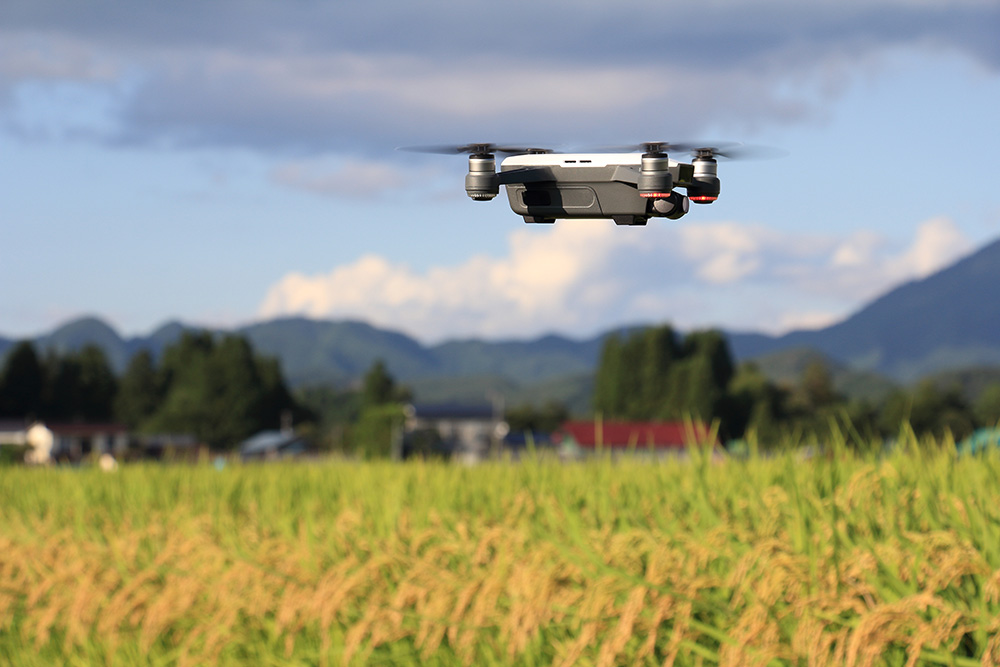R&D Close Up
Research and Development of Wireless Communication Technologies for Undersea and Underwater IoT
Principal investigator: Yuki Fukumoto, Specially Appointed Professor, Industry-Academia Innovation Center, Kyushu Institute of Technology; PhD (Engineering)
Research institutions: National University Corporation Kyushu Institute of Technology/Panasonic Holdings Corporation
*This article is a re-edited version of the content of videos on the Function Realization Program under NICT’s Innovative ICT Fund Projects for Beyond 5G/6G.
Meeting the need for underwater/undersea radio-wave communications
Underwater and undersea communications have generally been based on acoustic communication. However, a project is currently underway to challenge the preconception that radio-wave communication is not possible underwater or undersea as well as to establish medium-range or long-range communication technologies on this front. We interviewed Prof. Yuki Fukumoto, who is conducting research and development to meet new needs, regarding the focus and goal of this project.

Has wireless communication never been used before underwater or undersea?
Fukumoto: Radio-wave communication has not been used in an undersea setting in the past. Acoustic communication, i.e., communication using sound waves, has been the norm as far as undersea wireless communication is concerned. Although communications using light and radio waves have been explored on a research level, such technologies were far from being commercialized. The reason for this is that it was common knowledge among those working with radio waves that seawater is a conductor and that radio waves cannot propagate undersea. I believe this explains why there has been no development of undersea radio-wave communications.
Do you mean this project is focused on technologies that have not been developed previously?
Fukumoto: I mentioned that radio waves cannot propagate undersea, but it is more accurate to say that they do not propagate well at high frequencies. However, at frequencies below 1 MHz, radio waves can propagate several meters. Still, while radio waves can propagate at lower frequencies, the amount of information that can be transmitted in this way is minimal and insufficient for communication with IoT devices. Therefore, we thought it would be possible to carry out communication transmission at speeds of 1 Mbps or higher, which would allow for video transmission by using orthogonal frequency division multiplexing (OFDM) technology that utilizes a wide bandwidth within the lower frequency band. Since we possess the relevant key technologies, specifically undersea electromagnetic wave analysis technology, antenna technology, and OFDM modulation/demodulation technology in the medium- to short-wave bands, we decided to attempt to achieve this goal by mobilizing all of these technologies in this project.

What do you hope to achieve from the results of this project?
Fukumoto: Over the course of this project, we have talked to many people involved in the fishing industry, coastal engineering, and marine engineering. Through our conversations, it became clear that there is a massive need that exists in areas where acoustic communication cannot be used and settings where radio-wave communication is superior. These include, for instance, long-term, low-cost video recording at aquaculture facilities in the fishing industry, as well as the collection of IoT sensor information for the maintenance of coastal facilities in coastal engineering. Indeed, these are settings where acoustic communication performs poorly. We can thus take advantage of short-range, high-speed communication in such settings. Moreover, such undersea communication systems are capable of long-term operation, in addition to their lower cost and superior ease of maintenance. Introducing IT undersea is still an unexplored domain, and we feel that there is a massive need in this field. Rather than comparing it with acoustic communication, radio-wave communication demonstrates great promise as a communication technology in areas where acoustic communication cannot be used.

What are your R&D goals going forward?
Fukumoto: One goal is to achieve medium-range communication (1 Mbps over a distance of 4 m) that allows for video transmission underwater and undersea by FY2024, and to establish the technology by conducting experiments in large aquariums and the open sea. After that, we also aim to establish the technology for long-range communication systems (multi-hop communication with 10 or more hops) that are designed for data collection using undersea relay stations through integration with medium-range communication.

Thank you very much.




Column
[B5G Society] This is how the agriculture industry will change!
Industry challenges
An aging agricultural workforce and labor shortages have become serious challenges due to Japan's declining birthrate, aging population, and population decline. There are many manual tasks and tasks that can only be performed by skilled workers in the agriculture industry, and besides securing sufficient workforce, labor-saving measures and reducing the burden of agricultural work are also major challenges. Furthermore, to enhance the sustainability of agriculture and farms, it is also imperative to strengthen the production infrastructure, regardless of the scale of operations. The promotion of smart agriculture that leverages ICT and other cutting-edge technologies is essential to overcome these challenges.
Future vision and potential solutions
The following elements would be essential in the future.
· Accelerated introduction of smart agriculture by leveraging ultra-high speed, high-capacity, ultra-low latency communications with an ultra-large number of simultaneous connections, as well as collaboration with other industries on tackling environmental problems and developing systems for responding to natural disasters, etc.
· Automation of tasks, utilization of data, and other means of increasing productivity through real-time remote monitoring, remote guidance and support, and remote monitoring of agricultural machinery, etc., through the use of robots, AI, IoT, and other cutting-edge technologies
· Mapping locations in the real world such as farms and ranches onto cyberspace to facilitate the automated operation, monitoring, and control of agricultural machinery

Enabling feasible resolution of these challenges with Beyond 5G technologies
Beyond 5G has the potential to achieve the following.
(1) Automated driving of unmanned tractors and other vehicles, flight control of drones for spraying agrochemicals, and the remote monitoring of these equipment in the agriculture industry and animal husbandry
(2) Real-time remote monitoring of farms and livestock, etc., with sensors, cameras, and other equipment
(3) Collection of data from temperature sensors, humidity sensors, rain gauges, and other sensors, the management of such data in cyberspace and its utilization for agricultural management, etc., as well as the analysis of such data by AI and its use for the overall management of agricultural operations
(4) Agricultural guidance and support in remote areas using AR/VR technologies

The use of Beyond 5G technologies in smart agriculture has the potential to not only improve productivity but also sustain and revitalize communities, including by encouraging people to settle in depopulated areas.


Source: Beyond 5G White Paper -Message to the 2030s-, Version 2.0 (Beyond 5G Promotion Consortium)

